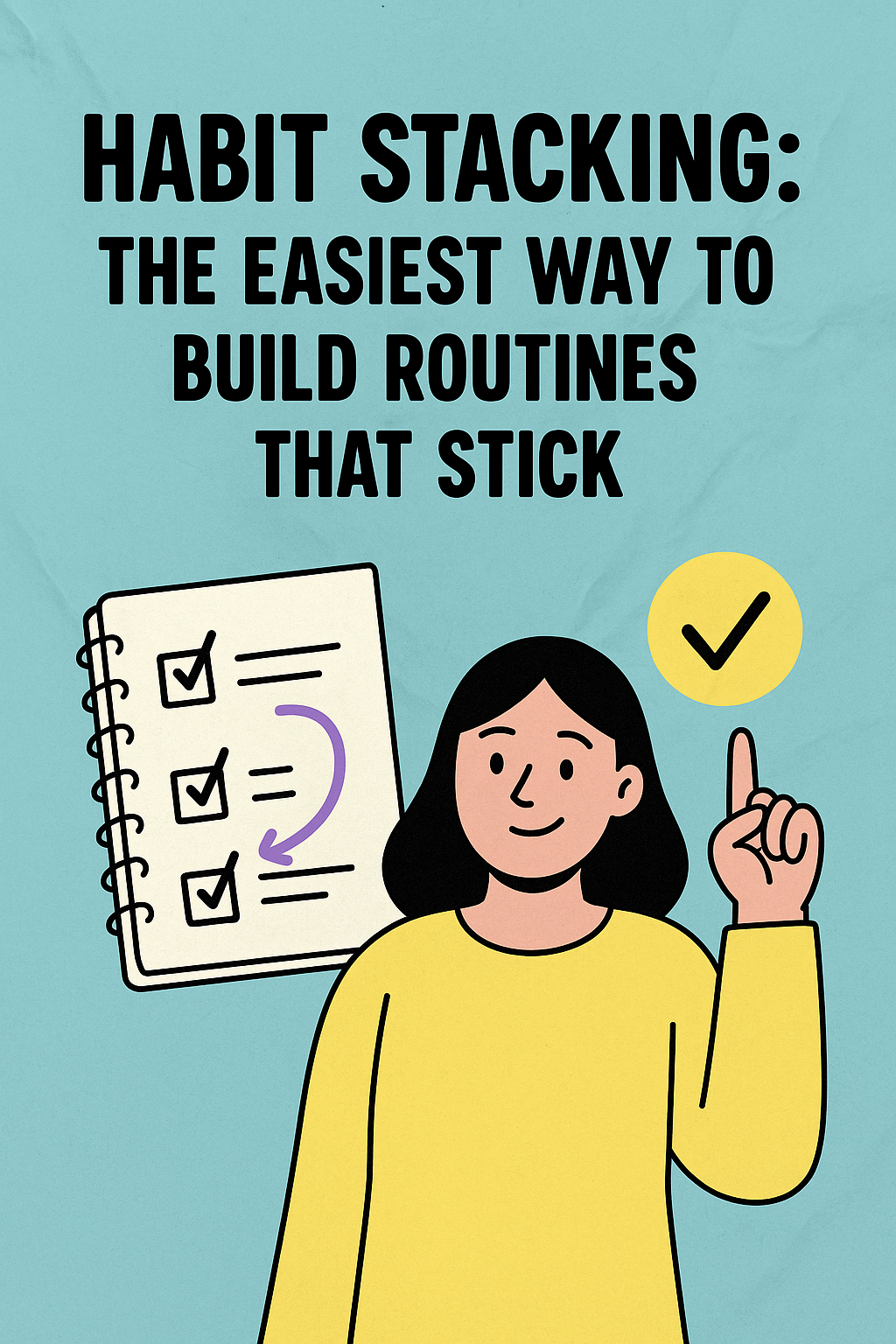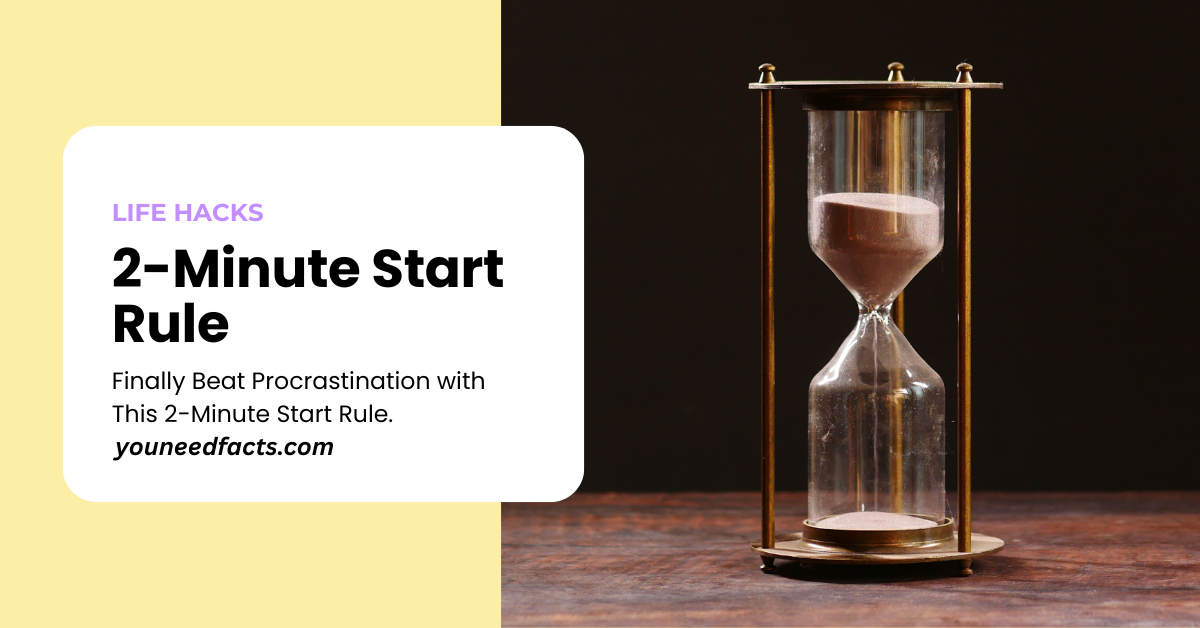Quick take: Habit Stacking means you attach a small new action to a habit you already do, like brushing your teeth or making coffee. When you stack the new action on a stable anchor, you reduce friction, you remember faster, and you repeat more often. The result is steady progress that feels easy.
Habit Stacking Explained, Simple Psychology
Habits form when a cue meets a simple action and you repeat it in the same context. Stacking works because the anchor habit supplies a reliable cue. You avoid relying on willpower, you design an environment that reminds you to act. This is aligned with the Fogg Behavior Model, which shows behavior happens when motivation, ability, and a prompt meet at the same moment. For a clear primer, see the model from Stanford University, Fogg Behavior Model.
How to Start Habit Stacking Today
Use this simple formula. After I do [current habit], I will do [new tiny action], then I will celebrate with a small smile or a short yes. The celebration trains your brain to enjoy the action. Keep the new action tiny at first, you can always scale later.
| Anchor Habit | New Tiny Action | Why it Works | Celebrate |
|---|---|---|---|
| After I brew coffee | I will drink a glass of water | Pairs a strong morning cue with hydration | Say, nice work |
| After I open my laptop | I will write one sentence | Shrinks the starting barrier for writing | Small smile |
| After I finish lunch | I will walk for two minutes | Uses a daily anchor to trigger movement | Thumbs up |
| After I brush at night | I will read one page | Connects bedtime routine with learning | Whisper, done |
Design Rules that Make Habit Stacking Work
- Keep it tiny: Choose a new action that takes under two minutes. Tiny actions make daily wins easy.
- Pick a strong anchor: Use something you already do without fail. Making coffee, locking the door, or starting your computer work well.
- Make the next step visible: Lay out shoes, put the book on the pillow, or keep a water bottle by the kettle.
- Celebrate the action: Smile, nod, or say yes to reinforce the identity you want.
- Scale only after consistency: When tiny feels automatic, add time or difficulty slowly.
Habit Stacking for Different Goals
Habit Stacking for Focus and Work
After you open your calendar, write a three line plan. After your first meeting ends, send one thank you note. After you close email, take one mindful breath. These stacks keep you calm and productive.
Habit Stacking for Health and Energy
After you put your phone on the charger at night, stretch for two minutes. After you park the car, take the stairs. After you sit down to eat, place vegetables on half the plate first. Simple stacks compound into real change.
Habit Stacking for Learning and Creativity
After you make tea, skim one paragraph of a book. After you open your design file, sketch one thumbnail. After you finish a Pomodoro, capture one idea in a note. Small starts build creative momentum.
Troubleshooting Common Problems
- I forget the new action: Strengthen the anchor. Move the cue into your path. Use phone alarms at first if needed.
- The action still feels big: Shrink it. One push up beats zero. One sentence beats none.
- Life gets busy: Keep the floor tiny, never miss twice. Even a micro action keeps the chain alive.
- I want faster results: Focus on consistency first. You can increase intensity once the action feels automatic.
Why Habit Stacking Works in the Real World
Stacking reduces decision fatigue. You do not ask, when should I do this. The anchor answers it for you. Your brain learns the pair, and the action starts to run on autopilot. Over time, the identity shift follows, you become the person who reads daily, moves daily, and plans daily.
Join Our Daily Learning Plan
Get one short, science based idea in your inbox each day. Start on our homepage, and if you have questions, reach us on our contact page. We built this site to help you learn faster and feel better while you grow.
FAQ
Choose one anchor you already do without fail, then attach a two minute action to it. Keep it tiny and celebrate right after.
Start with one or two stacks so you can be consistent. Add more when the first ones feel automatic.
Yes. Stacking uses easy actions and strong cues, so you rely less on motivation and more on design.
A quick celebration is enough. Smile, nod, or say yes, this tells your brain to repeat the action.
You feel a lift in the first week. Lasting change comes from daily repetition, not from one big push.


